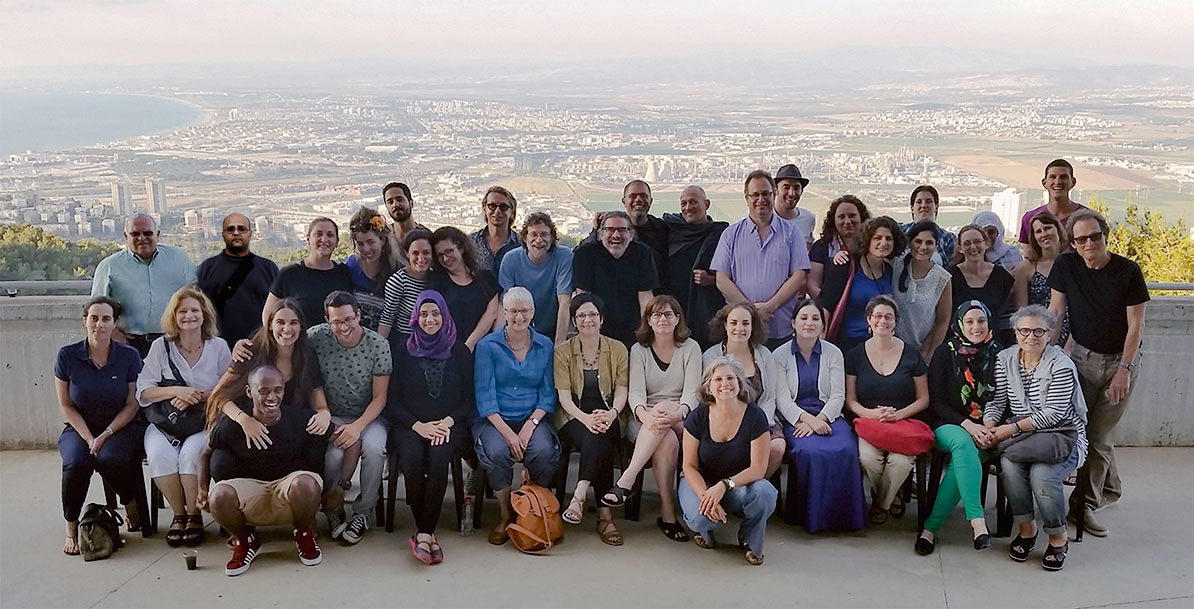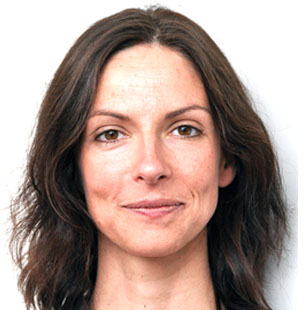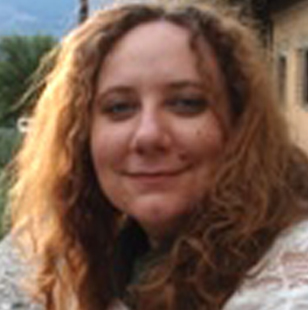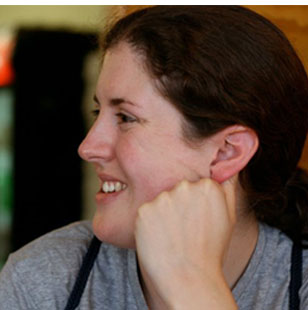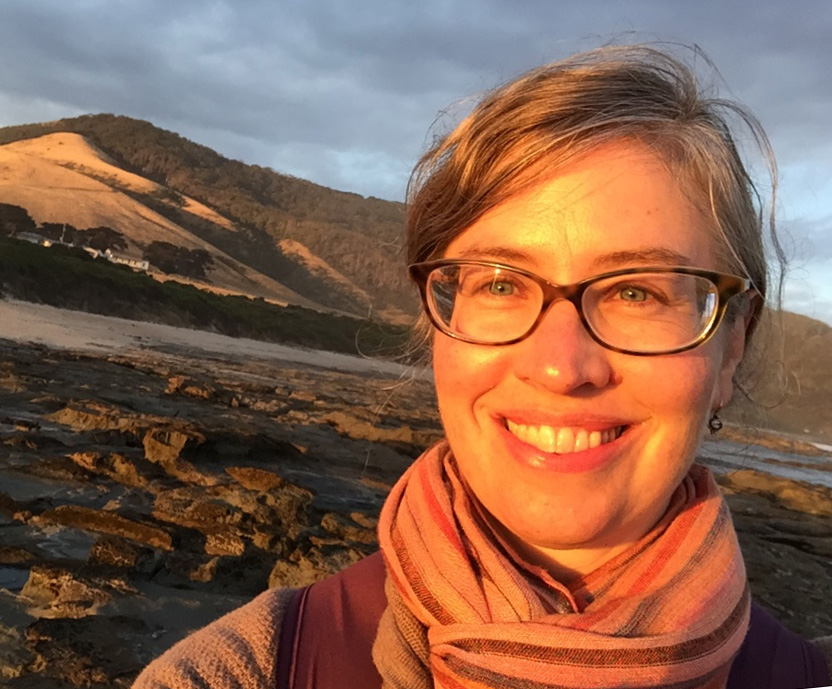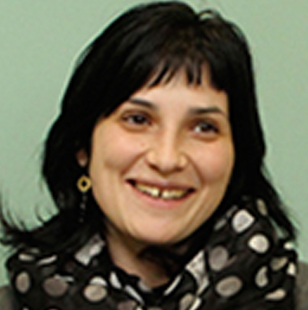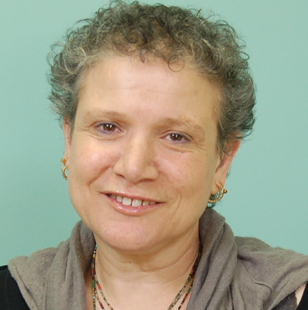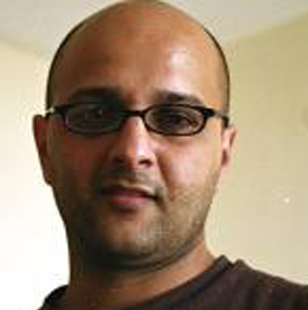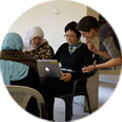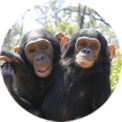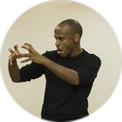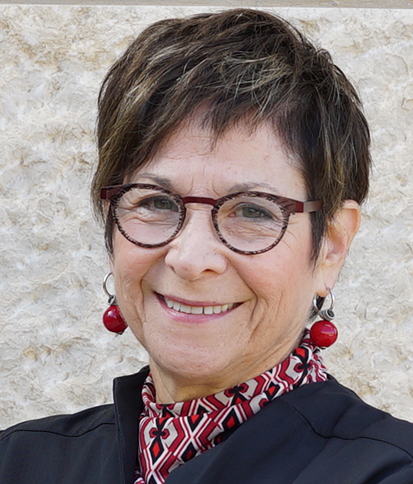
This email address is being protected from spambots. You need JavaScript enabled to view it.
Wendy Sandler is Professor of Linguistics at the University of Haifa and Founding Director of the Sign Language Research Lab there. She received her PhD in theoretical linguistics from the University of Texas-Austin. She has developed models of sign language phonology and prosody that exploit general linguistic principles to reveal both the similarities and the differences in natural languages in two modalities. More recently, her work has turned to the emergence of new sign languages and ways in which the body is recruited to manifest increasingly complex linguistic form within a community of signers. With the GRAMBY project, Wendy Sandler's work expands to explore the relation between the body and the compositional structure of human language. Principal Investigator, The Grammar of the Body Project. Website


